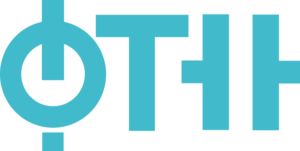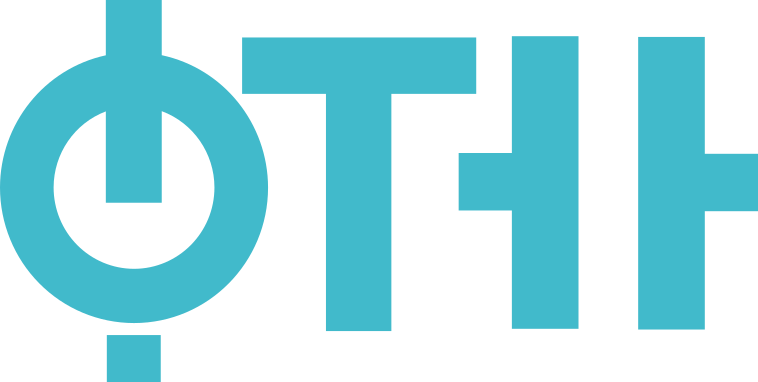Subject: Electronics in Communication (17.EM411A )
Native organizations units: Department of Power, Electronic and Telecommunication Engineering
| Category | Professional-applicative |
| Scientific or art field | Electronics |
| ECTS | 5 |
To gain the basic knowledge in telecommunication electronics design. To get knowledge and ability to combine theory and simulation skills while designing basic RF integrated circuits.
-to gain knowledge about the basic telecommunication electronics circuits performance parameters and problems -to acquire ability to recognize the basic transceiver topologies - to gain knowledge about simulation of the basic RF circuits (matching circuits, narrow bandwidt and wide bandwidth amplifiers, low noise amplifier, mixers, ...). - to gain knowledge about various technique that can be used to improve performance of some telecommunication circuits (narrow bandwidth amplifier, wide bandwidth amplifier, low noise amplifier, mixer,...)
The history of radio communication. Electromagnetic sprectrum and allocation. Basic issues in RF circuits. Modulation/demodulation. RF transmitter and receiver (basics). Intereference and filtering. Nonlinearity issues. Noise issues. Sensitivity and dynamic range. Impedance transformation. Passive RLC circuits and their characteristic parameters. Maximum power transfer theorem. Matching circuits (L-match, pi-match, t-match, tapped capacitor resonator, tapped inductor resonator, double-tapped resonator). Transceiver architectures (homodyne and heterodyne). Passive devices (inductors, transformers, varactors, signal pads). Wiring and integration (On-chip interconnectors, Off-chip wiring, ground connections, substrate noise, RF packages, pads for RF). BW estimation. HF broadband and NB amplifiers. Noise parameters, noise sources in MOSFET. Design of narrowband LNA (techniques and procedure) . Design of broad-band LNA (techniques). Mixers (image aliasing, image rejection, feedthrough effects, noise (SSB vs. DSB NF), noise folding, nonlinearity, IP3). Single vs. double-balanced mixer implementation. Gilbert Mixer (advantages, noise, linearity, improvements ). Other mixer topologies (Square-Law Mixer, Passive Mixers).
Lectures; EDA tools laboratory exercises; Consultations. After completion of laboratory exercises students will work on a project, that finished contributes to the final mark with 40% maximum.
| Authors | Title | Year | Publisher | Language |
|---|---|---|---|---|
| 2007 | English | |||
| 2004 | English | |||
| 2012 | English | |||
| 2012 | English |
| Course activity | Pre-examination | Obligations | Number of points |
|---|---|---|---|
| Theoretical part of the exam | No | Yes | 50.00 |
| Project | Yes | Yes | 40.00 |
| Computer exercise attendance | Yes | Yes | 5.00 |
| Lecture attendance | Yes | Yes | 5.00 |
Assoc. Prof. Jelena Radić
Associate Professor
Lectures
Assoc. Prof. Jelena Radić
Associate Professor
Laboratory classes
Faculty of Technical Sciences

© 2024. Faculty of Technical Sciences.
Contact:
Address: Trg Dositeja Obradovića 6, 21102 Novi Sad
© 2024. Faculty of Technical Sciences.



